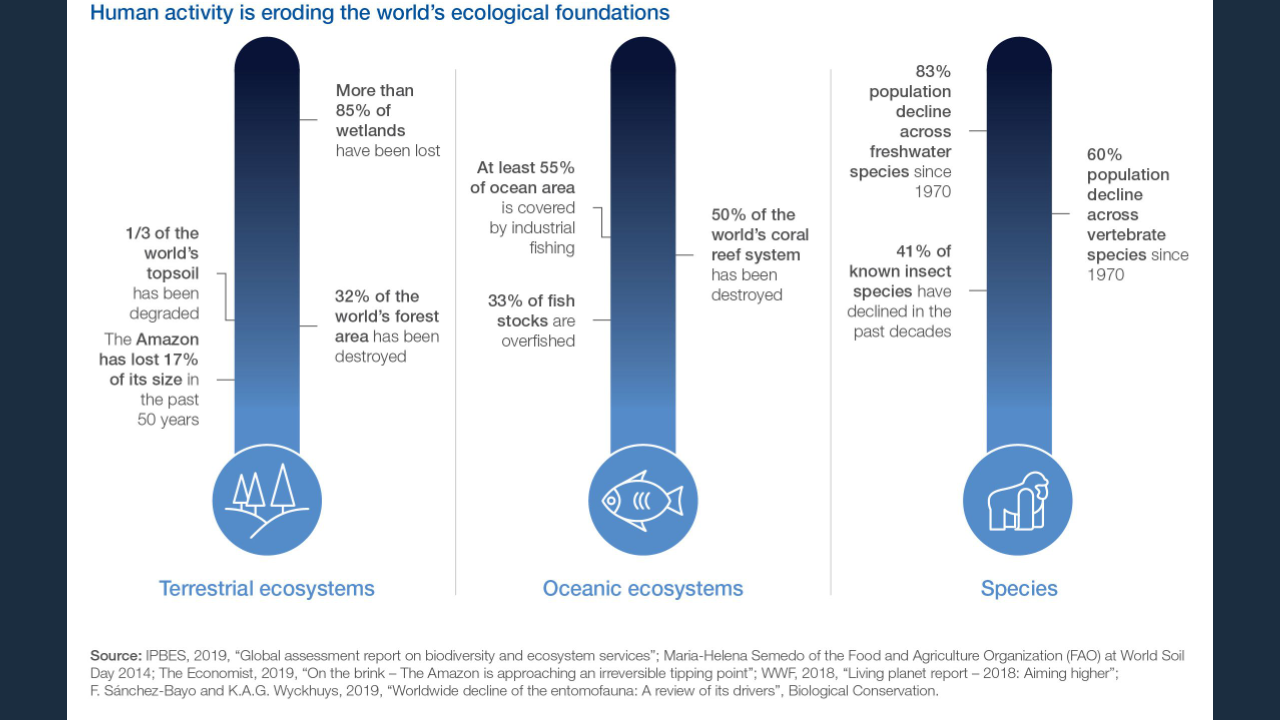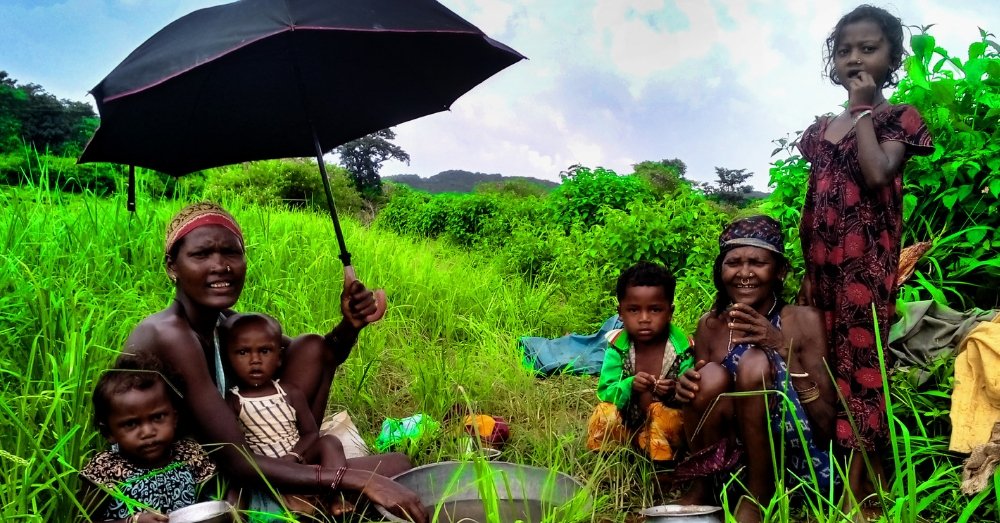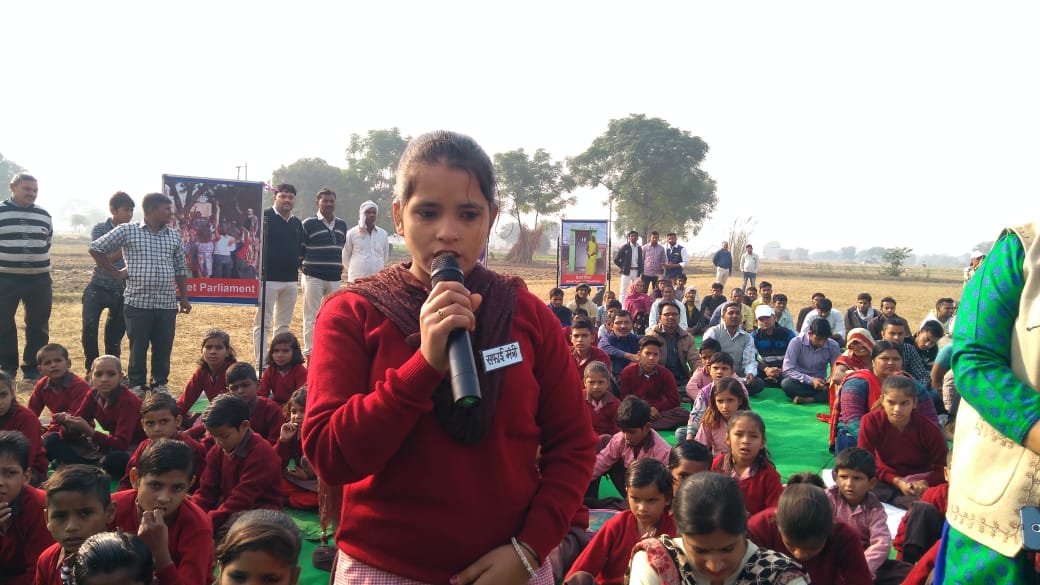We are living in the ‘Century Of Anthropogenic Climate Change’, a change caused by humans and not by Nature. There is a complete ‘Climate Emergency’. Environment, Biodiversity and habitats are getting destroyed by human activities. Earth is warming. Our activities are resulting in tropical storms, typhoons, flood, drought, ocean warming, rising ocean water, pandemics, health issues, global warming, climate change, poverty, food insecurity, pollution, deforestation, pests challenges and loss of agriculture production.
In Nature, creation has no sound but destruction has both sound and impact as well. It is a fact that Earth is warming and we are living in the ‘century of climate change’. Due to global warming, vector borne diseases will spread at a faster rate. In the near future, many more diseases like COVID19 may spread as pandemics. So, our preparedness to control environmental degradation and emerging diseases will decide our future. We can save our future generations from such adversities by making a ‘livable planet for all’. If we have healthy ecosystems, forests, oceans, biodiversity, soil, land water and groundwater systems then we may think about a secured future for our generations to come. For all this, we have to reduce our greed towards nature. It’s our responsibility to take steps to make Earth a livable planet.
The cities are changing and spreading very fast; these are becoming unsustainable for the surrounding ecosystems. Cities are one of the causes of environmental degradation. Cities are on average less efficient as they cause more pressure on forests and the environment and will enhance degradation of the environment, deforestation, and biodiversity loss which finally will enhance global warming and climate change.
Ecological Challenges in Cities
Earlier, the balance among sustainability, ecosystem, biodiversity and cities was maintained due to ponds, wetlands, lakes, trees, forests ecosystems, biodiversity, so the growth rate of population, rivers, drainage system, least pollution, slow urbanisation, slow industrialization, sustainable development, eco-friendly transportation and tourism. But now the situation is reversed; cities are moving towards Climate Emergency.
Cities are facing the problems of rising mean temperature, extreme heat waves, flooding, erratic rainfall, rapid urbanization and steadily declining groundwater, and drought. Increased surface temperature causes ‘urban heat islands’ which results in heat stress, heat stroke, heat exhaustion, heat syncope and cramps.
In the near future, Climate Change and global warming will provide favourable conditions for the vector borne-diseases like COVID19, skin irritation, respiratory problems and other similar diseases.
What can be done?
No action to ‘Change Climate Change’ will have adverse effects on ecosystems, biodiversity and human lives. Forest loss, extreme weather, drought, flood, stronger hurricanes, typhoons, and tropical storms, habitat loss, migration of species, damage to the ecosystems, eutrophication, algal blooming, spread of diseases and other climate impacts. The UN Emissions Gap Report 2019, says that global greenhouse emissions would need to fall by 7.6% every year between now and 2030 to stop severe climate crisis in the coming decades. Countries need to take urgent climate action or should be ready to face a dark future and global climate emergency.
Carbon Neutrality or Climate Neutrality is a ray of hope to cope with Climate Change. Carbon neutrality refers to achieving net zero carbon dioxide emissions by balancing carbon emissions with carbon removal or simply eliminating carbon emissions altogether. It is used in the context of ‘carbon dioxide releasing’ processes associated with transportation, energy production, agriculture, and industrial processes. The concept may be extended to include other greenhouse gases (GHGs), in terms of their ‘carbon dioxide equivalence’. Climate neutrality can be achieved if climate change-encouraging ‘greenhouse gases’ are completely avoided or saved elsewhere. According to the UN Environment, the carbon dioxide emissions account for 82% of global warming, and the rest comes mainly from much potent methane and nitrous oxide.
The ‘Future Developed Nations’ will have high ‘Green Governance’, ‘Carbon Negativity’, ‘Forest Cover’, ‘Biodiversity’, ‘Agriculture Production’, ‘Sustainable Development’, ‘Household Size’, ‘Education’, ‘Health & Medical advancement’ and ‘ Advanced Research & Development’.
Achieving ‘Carbon Neutrality’ is very important for all of us because it will help to make an eco-friendly and sustainable future. We cannot change our past but can change our future. We have two primary choices at present: either to accept the conditions as they exist and wait for the worst future or accept the responsibility to ‘Change Climate Change’ for the sake of a livable, better and more sustainable future. It is upon us i.e. current generation, to choose a future, for better or worse.
If we want to cherish every precious moment in our cities, then following urgent ‘climate action’ for a ‘sustainable future’ should be taken into account:
-Reduce our dependence on fossil fuels based energy.
-Ban on unsustainable logging.
-Forested areas should not drop below 33%.
-Alternative sources of energy, like solar energy, should be priority.
-Conservation of parks and wetlands.
-Promoting Green schools.
-Water Conservation to save every drop of water especially through Rainwater Harvesting, soak pits and renovation of water bodies like ponds and lakes.
-Water Budget should be promoted in every household and office.
-Plantation of local species should be our priority and will be helpful in biodiversity protection.
-Care After Plantation (CAP) should be ensured at grassroot level by officials.
-Pond Forests (Micro-Forests) should be promoted.
-Pooling, Cycling and Walking should be part of our daily life.
-There should be a Pollution Emancipation Force in every school, village and urban area with the help of local residents and students. This force will help in sanitation and cleanliness.
– A good Traffic management system helps to reduce air pollution. The projected population of Agra for 2021 is expected to be around 2.3 million. Traffic will be a main challenge in the near future.
-Promote awareness through ‘Climate Movement’ at grassroot level.
-There should be a provision of compulsory plantation in new societies because these are built by destroying the ecosystem of the area. Plantation in urban areas will help to reduce at least 5°C temperature and will help to cope with the ‘urban heat island effect’.
-Health systems should be made advanced to cope with epidemics due to climate change.
-Every household and office should be encouraged for energy conservation.
The IPCC 2018 report said that global emissions must be reduced by 45% by 2030, and net-zero by 2050 to have a 50% chance of limiting temperature rises to 1.5°C in the 21st century. Since the industrial revolution in the 1750s, CO2 levels have risen more than 30%; this level is higher than at any time in at least 800,000 years in the atmosphere. The greenhouse gases have already raised global temperatures by around 1°C since pre-industrial times. The Global average concentrations of carbon dioxide (CO2) reached 410 parts per million (ppm) in 2019, up from 400.1 ppm in 2015.
Some examples of climate action at global level
Lessons from Los Angeles
According to WHO estimates, around 7 Million people die every year (19178 per day) from exposure to fine particles in polluted air that lead to stroke, Heart Disease, Lung Cancer, chronic obstructive pulmonary diseases (COPD) & respiratory infections like pneumonia.
In 1943, in the middle of World War II, Los Angeles was facing the problem of smog which was caused by the city’s own vehicles and factories. Vehicle emissions caused most of Los Angeles’ smog. Los Angeles took action on-time and reduced the number of cars on the road and made them run more cleanly. Use of the catalytic converter was made compulsory for the vehicles. Due to climate action, air pollution from cars decreased. Now, new passenger vehicles in the US are 98-99% cleaner than those cars from the 1960s, and air quality has improved even as an increasing number of people are driving more than ever. A recent EPA (Environment Protection Agency, USA) study found that every dollar invested in clean air resulted in a $30 benefit.
Los Angeles’ six common pollutants dropped an average of 73%, gross domestic product grew by 324%. These steps reduced the loss of workdays due to illness, lowered the medical costs, lowered the premature deaths associated with particulate matter, improved the health and productivity, improved the crop and timber yields and encouraged tourism, recreation, and healthy living.
Lessons From Belgium
Belgium, an European Union nation, is on it’s way towards a ‘circular economy’. Belgium preferred the sustainable use of resources, recycling of materials, and valorisation of materials.
Worldwide material consumption (material footprint per capita) has expanded rapidly; in 1990, some 8.1 tonnes of natural resources were used to satisfy a person’s need, while in 2017, almost 12.2 tonnes of resources were extracted per person.
The concept of circular economy is at the forefront of global discussions. The International Resource Panel argues that a transformation from a linear economy (where products, once used, are discarded) to a circular one (where products and materials continue in the system for as long as possible) will contribute to a more sustainable future. How we manufacture industrial products and deal with them at the end could provide environmental, social and economic benefits.
A transition to a low-carbon, climate-neutral (or Carbon Neutral) and resource-efficient economy requires a holistic approach: it is not achieved by addressing challenges in silos (in isolation). Science, technology and innovation must be put to work for this transition. Belgium is ready to play its role and to lead.
One of the aims of the circular economy model is zero waste, where all materials are kept in circulation. In 2016, Belgium ranked as number two in the European Union in recycling waste; almost 77 per cent of total waste in Belgium was recycled.
By 2050, the Flanders region of Belgium wants to have a circular economy where nothing is wasted. Other measures include the strengthening of the network of repair cafés and encouraging leasing of material goods rather than buying them.
The building and construction sector, globally accounts for 36 percent of primary energy use and 39 percent of energy-related greenhouse gas emissions. It also uses large amounts of natural resources and generates waste. In the Brussels Capital Region, waste produced by the construction sector amounts to 628,000 tonnes out of 1,325,000 tonnes of waste collected annually. The majority (91 per cent) of this waste is downcycled, meaning recycled into materials of lower quality and functionality.
The “Be Circular, Be Brussels” initiative is setting out a strategy to transition from a linear to a circular economy by 2025.
The Belgian city of Ghent in Flanders was one of the first European cities to launch its own urban food policy in 2013, called Ghent en Garde. Due to this, local food is now booming. Surplus food has been distributed to people in need, which simultaneously alleviates poverty and reduces CO2 emissions.
The Food and Agriculture Organization of the United Nations revealed that about one third of the food produced for humans is wasted every year, globally.
In 2019, this Belgium city’s initiative was one of the winners of the United Nations Global Climate Action Award.
Lessons From Paris
The following four ‘Green Steps In Paris’ may teach us about ‘Climate Action At Local Level’:
1- During 2016 summer, Paris passed a new law encouraging residents to help green the Paris by planting their own urban gardens. The initiative, “permis de végétaliser” (or “license to vegetate”), is part of Paris Mayor Anne Hidalgo’s 2020 target of adding 100 hectares (247 acres) of vegetation on the city’s walls and roofs.
To encourage citizens to become “gardeners of the Parisian public space,” any resident can apply for a renewable three-year permit to start their own urban garden project. Participants can green the capital in various ways, from planting fruit trees to creating living walls to a rooftop garden. Upon request, the city will also provide a planting kit that includes topsoil and seeds. Gardeners are instructed to maintain sustainability and to keep the city’s aesthetics in mind. They are not allowed to use pesticides and can plant only local species. The city has also expressed the need for ‘local honey plants’ to help in growing the world’s diminishing bee population.
The new urban gardening program of Paris is designed to encourage biodiversity, green spaces, mitigate the “heat island” effect, change climate change, improve air quality and improve the thermal and acoustic comfort of buildings.
French Parliament’s new law is mandating that all new buildings constructed in commercial zones must be partially covered by plants or solar panels.
2- The first Sunday of every month is a car-free day in Paris.
3- France banned plastic plates and cutlery, making it the first country in the world to take this step.
4- Project Oasis, a plan to convert the concrete schoolyards of Paris into “islands of cool”, to provide healthy air during the periods of extreme heat, and to bring down temperatures across the city.
In comparison to other European cities, Paris has the lowest proportion of green area in parks and schools; London boasts 33% green space and Madrid 35%. Green walls in Paris have expanded areas of shade and special drainable concrete surfaces that can absorb water when it rains, are essential features.
If all goes to plan, all of Paris’s 800 schools will be transformed into green spaces by 2040. The City of Paris plan is also being facilitated by 100 Resilient Cities (100RC). Paris has taken these steps to save lives from ‘heat waves’; the heatwaves have killed many more people in France than terrorism has.
5- Paris has unveiled plans to plant trees and gardens alongside four of its historic sites to improve the air quality and address climate change.
Mayor of Paris Anne Hidalgo has announced an “urban forest” planting scheme for the Place de l’Hotel de Ville, the Gare de Lyon, the Palais Garnier and a footpath along the banks of the river Seine. According to the Mayor, “The Intergovernmental Panel on Climate Change, IPCC, forecasts heatwaves at 50 degrees Celsius by 2050. We have an obligation to act today.”
Globally, Nature is declining; one million species are at risk of extinction. Carbon neutrality is the need of the hour. If we are dreaming about a beautiful city of heaven, having healthy ecosystems, forests, biodiversity and human life, then we shall have to take every step to reduce our carbon footprints, encourage sustainability, transform towards renewable energy, reduce our dependence on fossil energy, implement a circular economy, stop deforestation and stop the loss of ecosystems, biodiversity and their habitats in our cities. Such steps will also help to achieve ‘carbon negativity’ in our cities and defeat the ‘climate change’.

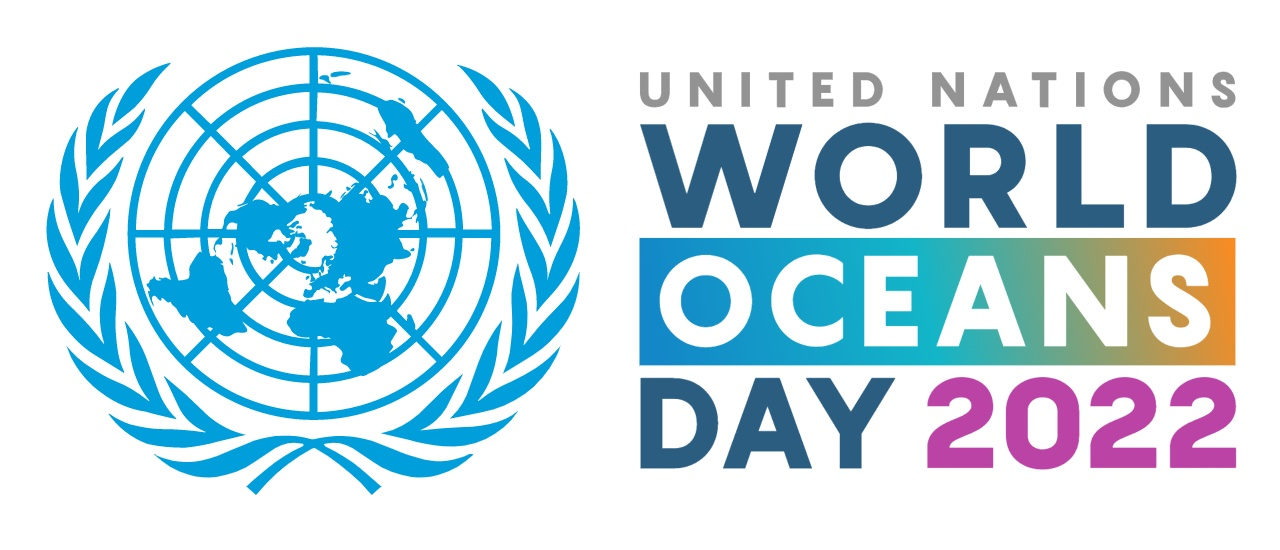


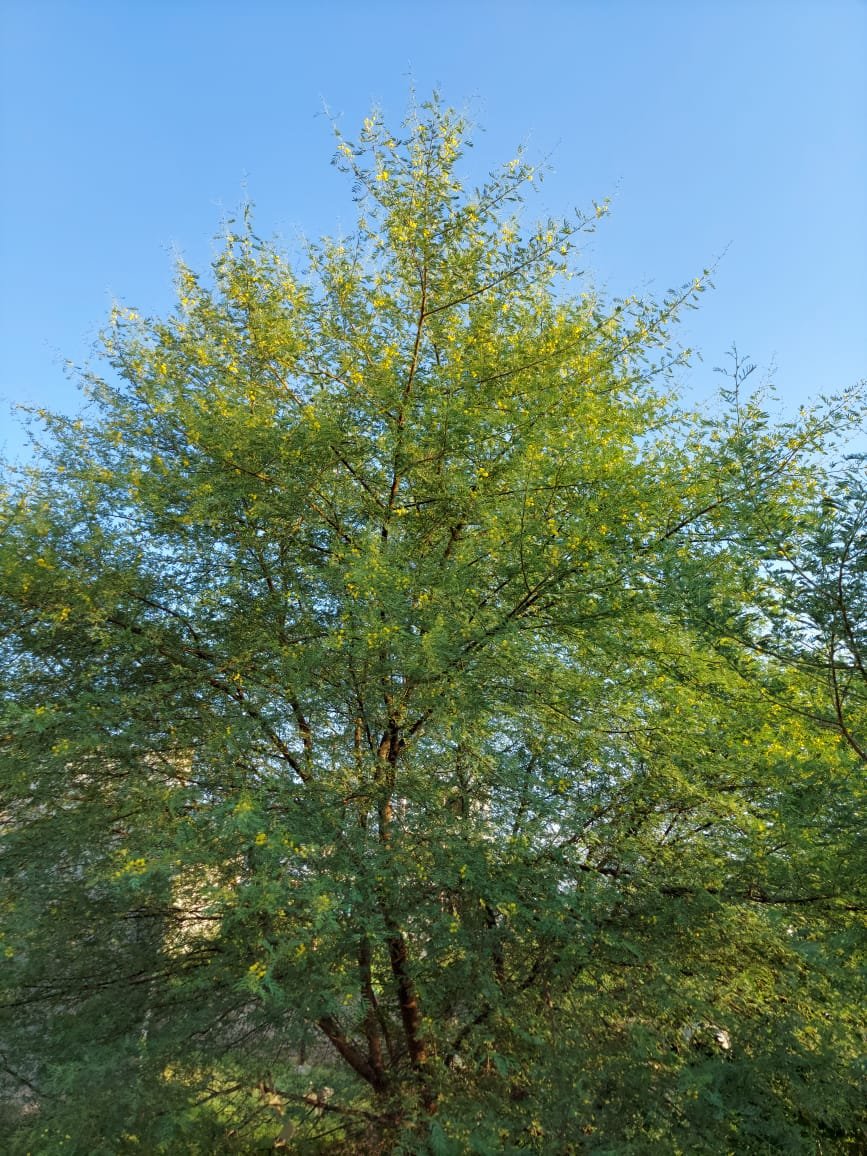


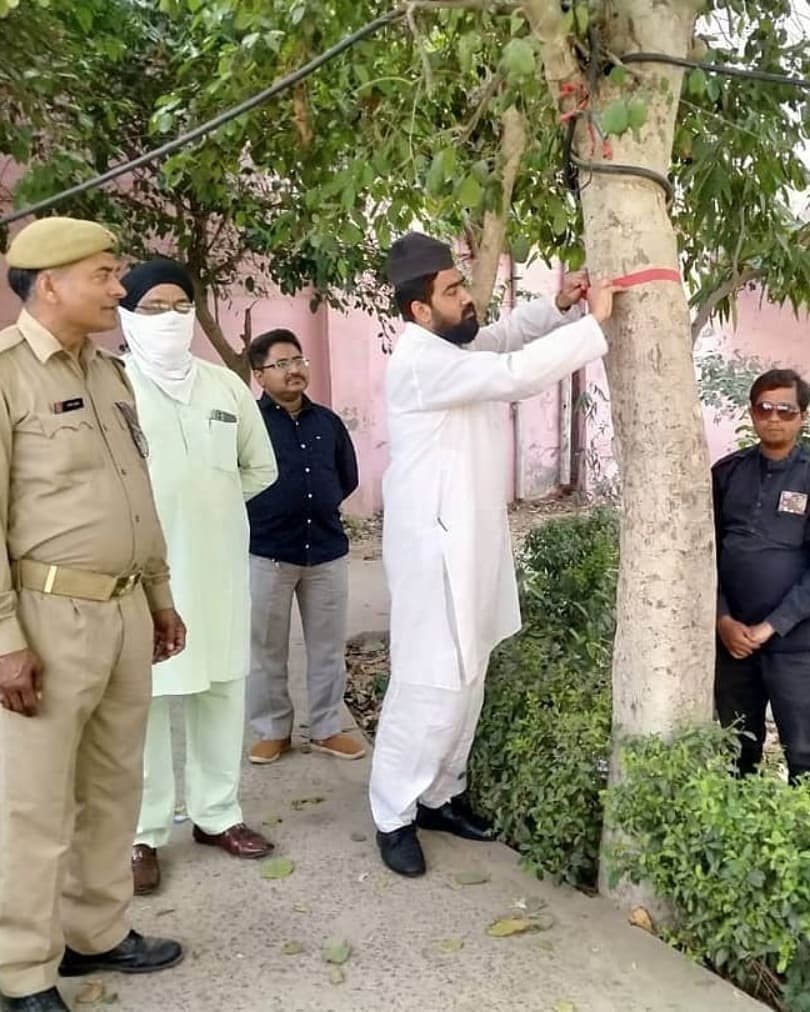
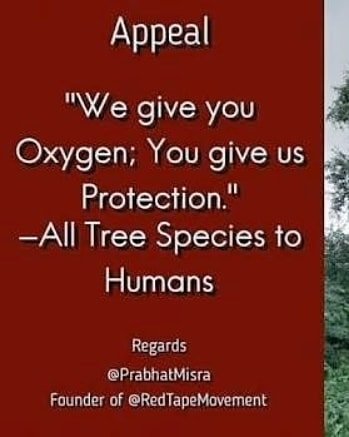

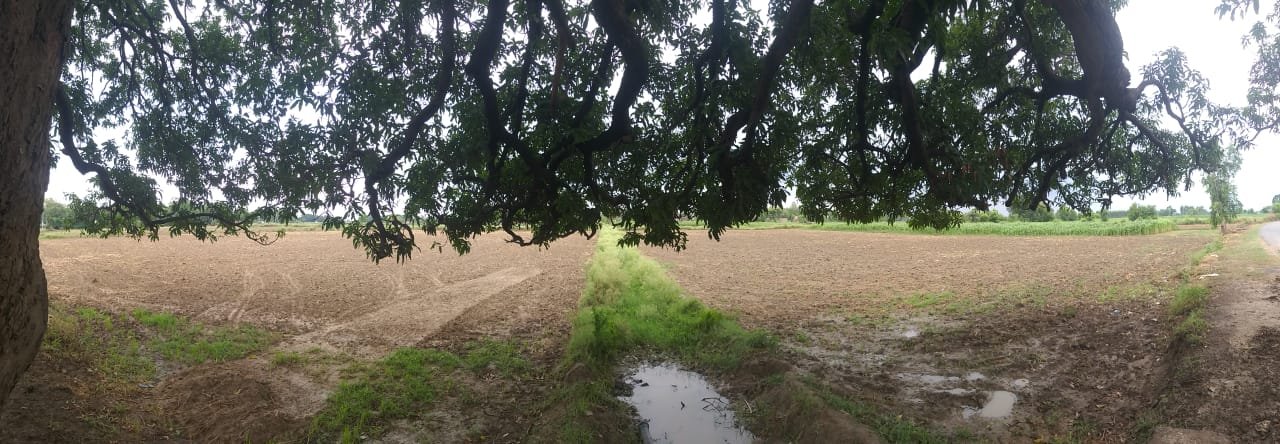
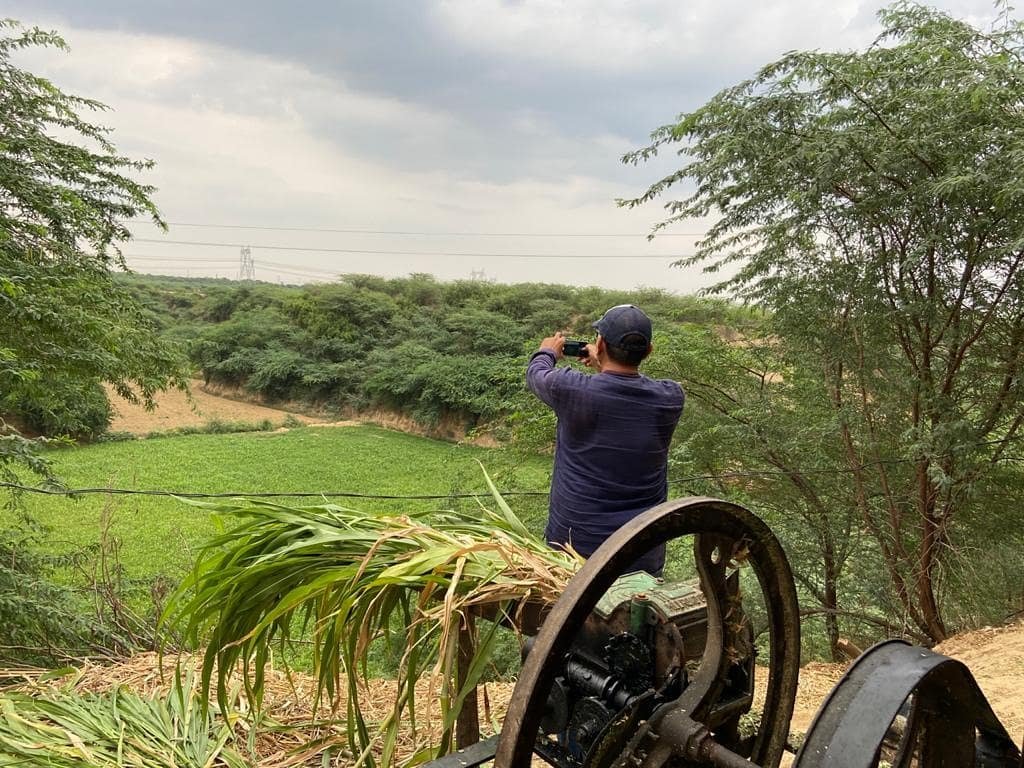
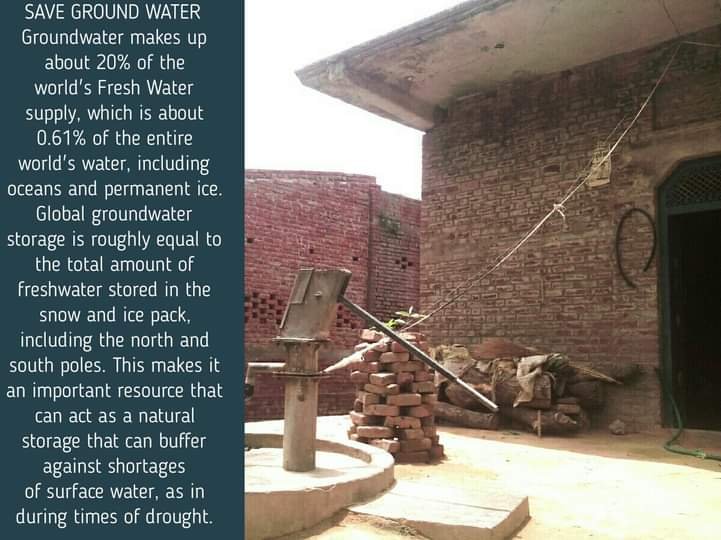







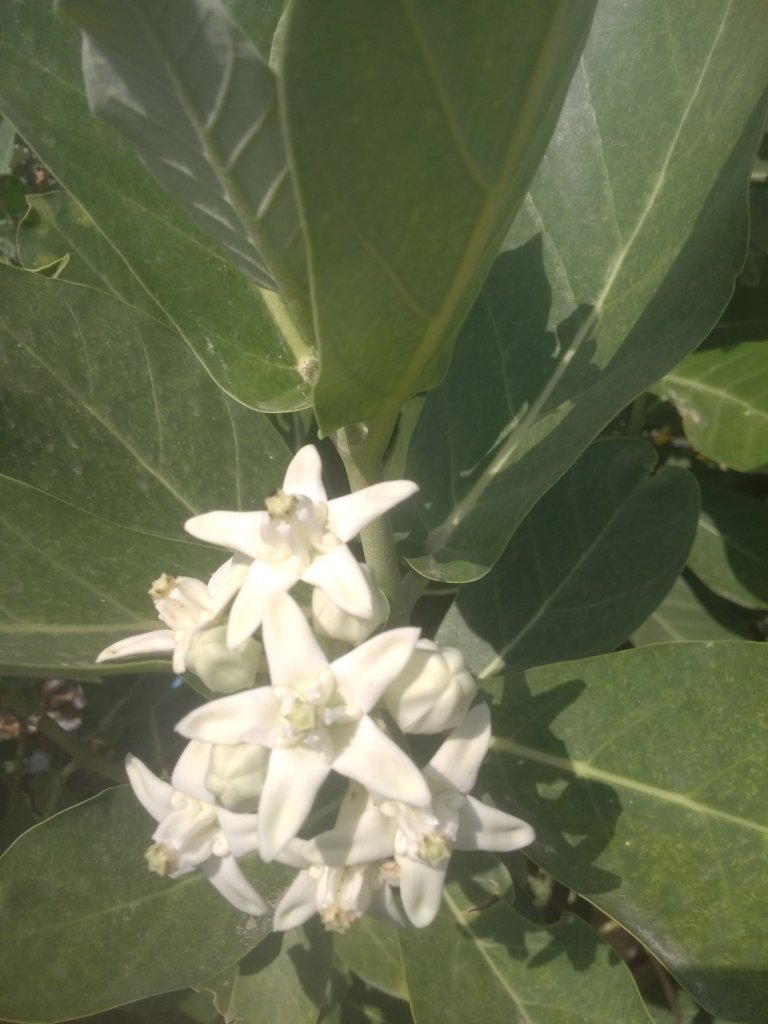


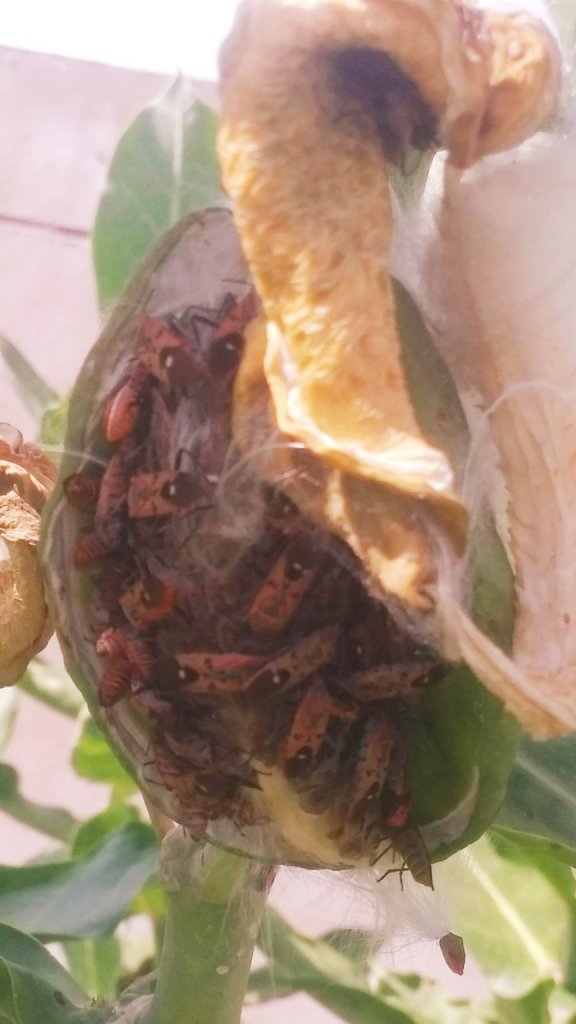

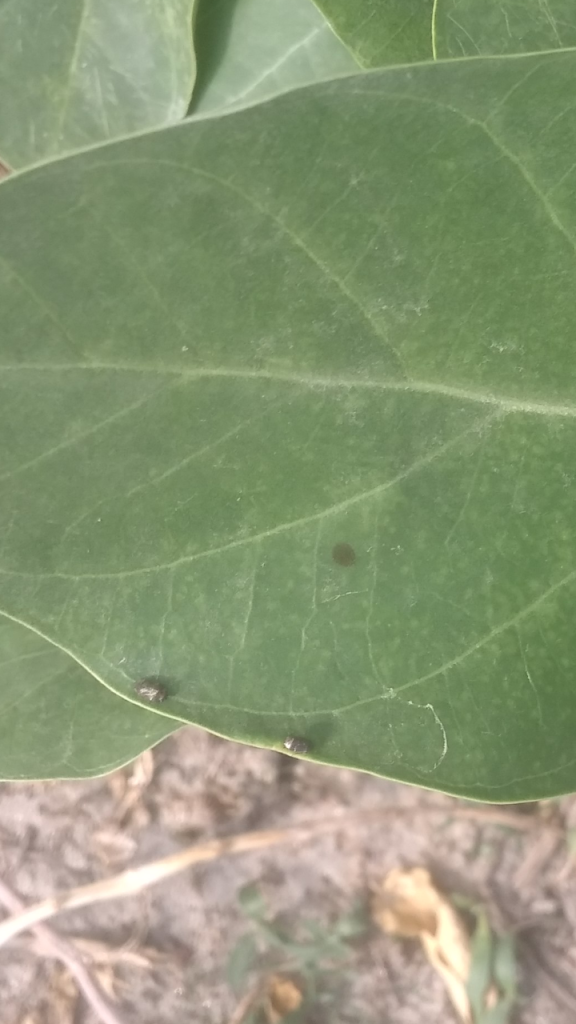
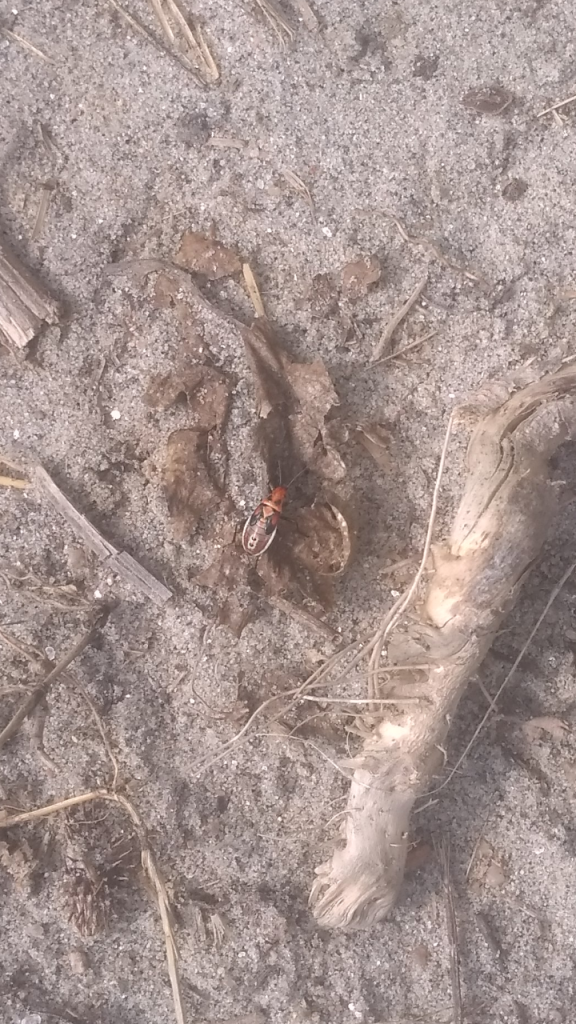
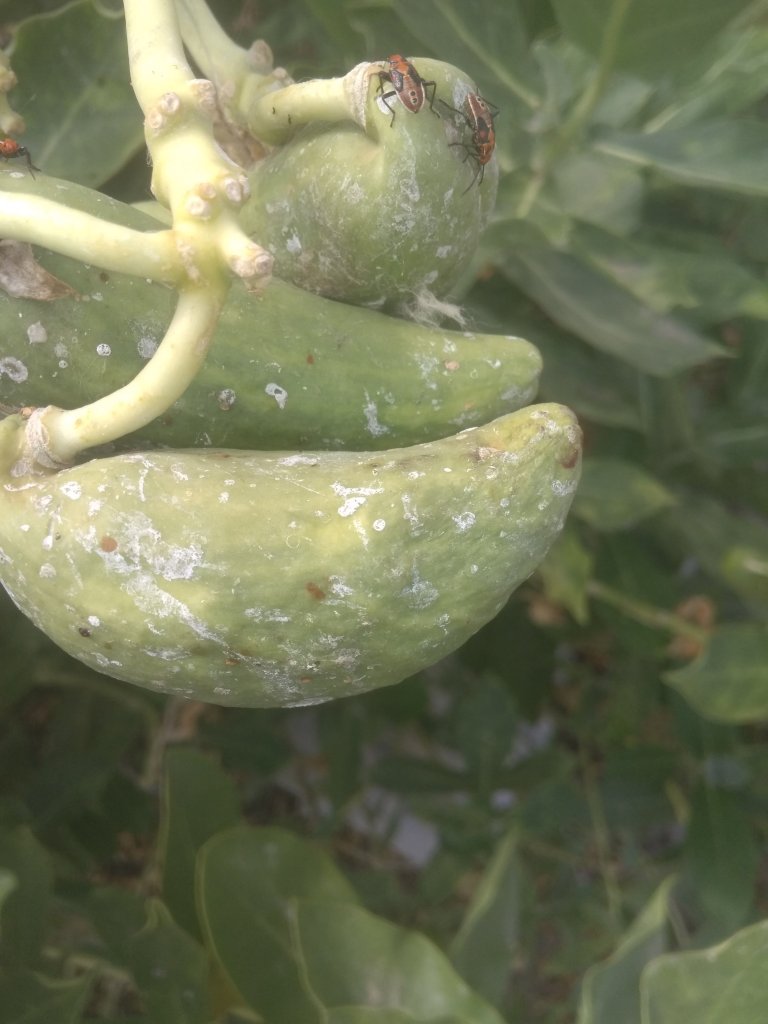




 Source:
Source:  If anyone has mild flu-like symptoms like cough, runny nose, sore throat and fever, contact a doctor. During the unwell period, do not go school or work place, avoid crowds, stay at home and don’t avoid doctors. Avoid touching the face without washing up hands;
If anyone has mild flu-like symptoms like cough, runny nose, sore throat and fever, contact a doctor. During the unwell period, do not go school or work place, avoid crowds, stay at home and don’t avoid doctors. Avoid touching the face without washing up hands;  Source:
Source:  Despite being an international business hub, Singapore has kept infection rates down.
Despite being an international business hub, Singapore has kept infection rates down.  Source:
Source:  Apart from the above suggestions, the Singapore government suggests the practise of good personal hygiene. An unwell person should cover their mouth with tissue paper when sneezing or coughing, if sick avoid crowded places, monitor temperature twice daily and stay at home, strictly follow quarantine orders, bin liter, used masks and tissues, keep toilets clean and dry, keep tables clean, keep home and surroundings clean and ventilated, use private transport to the clinic, do not go near live animals including poultry and birds and do not eat raw and undercooked meats.
Apart from the above suggestions, the Singapore government suggests the practise of good personal hygiene. An unwell person should cover their mouth with tissue paper when sneezing or coughing, if sick avoid crowded places, monitor temperature twice daily and stay at home, strictly follow quarantine orders, bin liter, used masks and tissues, keep toilets clean and dry, keep tables clean, keep home and surroundings clean and ventilated, use private transport to the clinic, do not go near live animals including poultry and birds and do not eat raw and undercooked meats. 






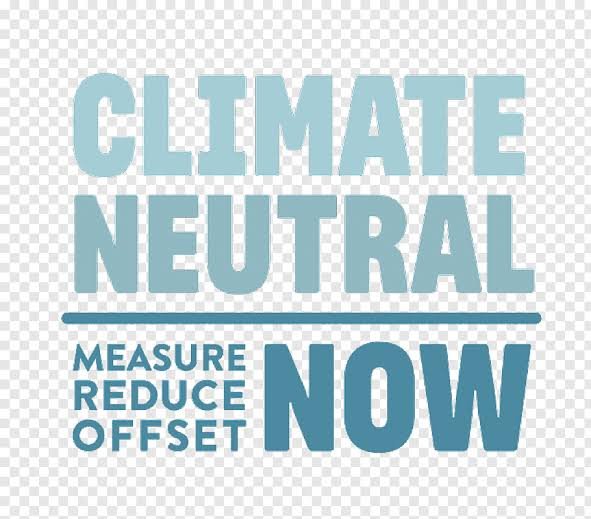 Note: This story was originally published at
Note: This story was originally published at 

